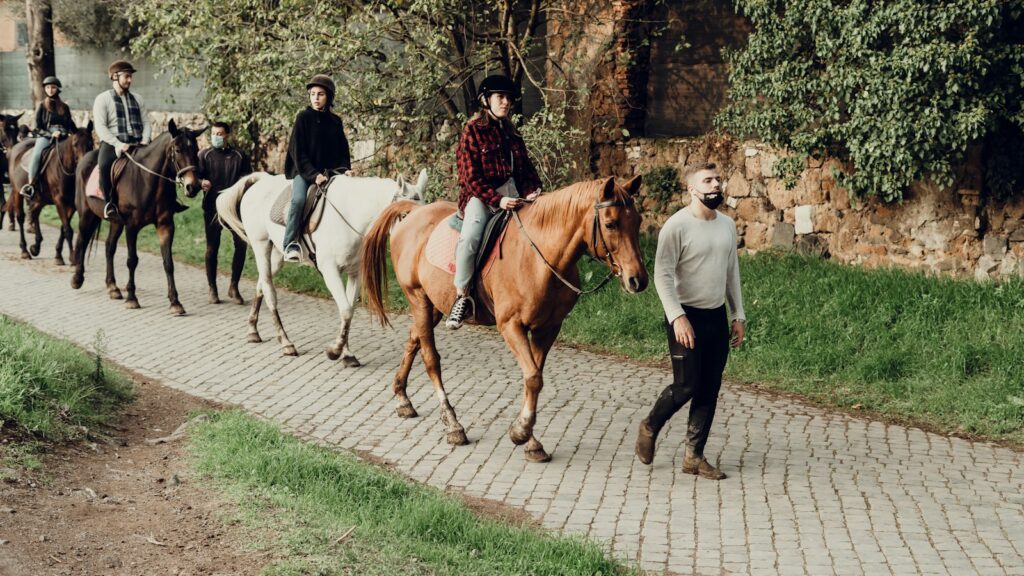When the competition season winds down or winter weather limits riding opportunities, horses still need mental and physical stimulation to stay healthy and happy. The off-season doesn’t need to mean boredom or decreased fitness for your equine companion. In fact, this period provides the perfect opportunity to build a stronger relationship with your horse, work on foundational skills, and maintain their physical and mental well-being through creative approaches. From indoor activities to alternative training methods, there are numerous ways to keep your horse active, engaged, and ready to return to full work when the season begins again.
Create a Structured Exercise Schedule
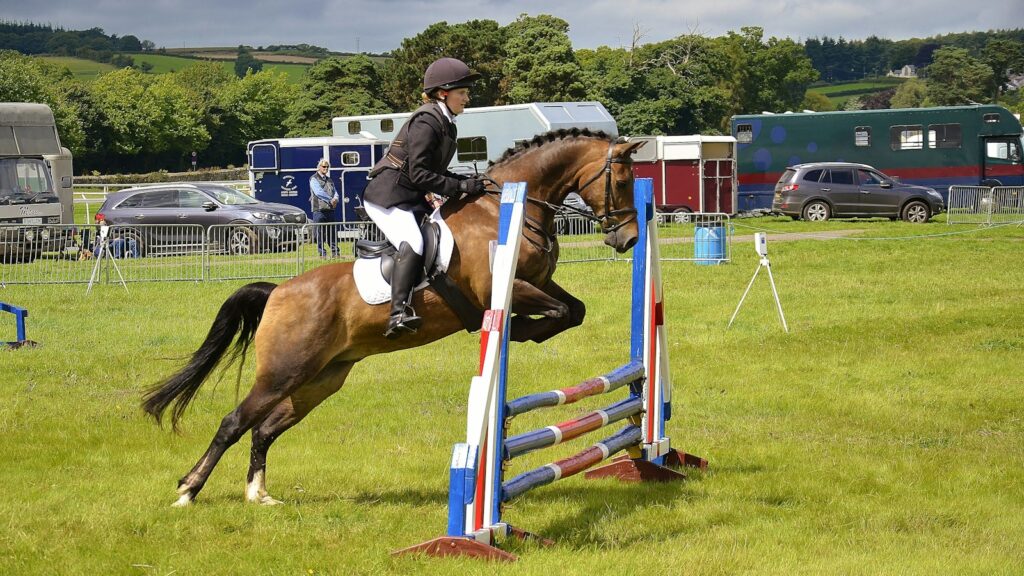
Maintaining a consistent routine during the off-season helps horses stay physically conditioned and mentally balanced. Create a weekly schedule that includes a variety of activities—perhaps lunging on Mondays, groundwork on Tuesdays, a trail ride (weather permitting) on Wednesdays, and so on. This consistency helps prevent both physical and behavioral regression that can occur when horses suddenly have less activity. Remember that horses are creatures of habit, and maintaining a predictable schedule reduces stress and anxiety. Even if you can’t ride as frequently or intensely as during the peak season, regular, moderate exercise several times a week will maintain much of your horse’s fitness and mental engagement.
Focus on Groundwork Fundamental
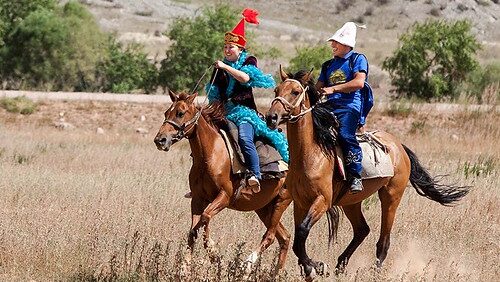
The off-season provides an excellent opportunity to refine groundwork skills that might get overlooked during busy competition periods. Exercises like proper leading, yielding the hindquarters, backing up, and sending exercises all reinforce respect and communication between horse and handler. These sessions don’t need to be lengthy—15-20 minutes of focused, quality groundwork can be more beneficial than an hour of repetitive drilling. Many professional trainers utilize the off-season to address small holes in training that become apparent during competition. Additionally, groundwork can be performed in relatively small spaces, making it ideal for winter conditions when outdoor arenas might be unavailable.
Introduce Liberty Work
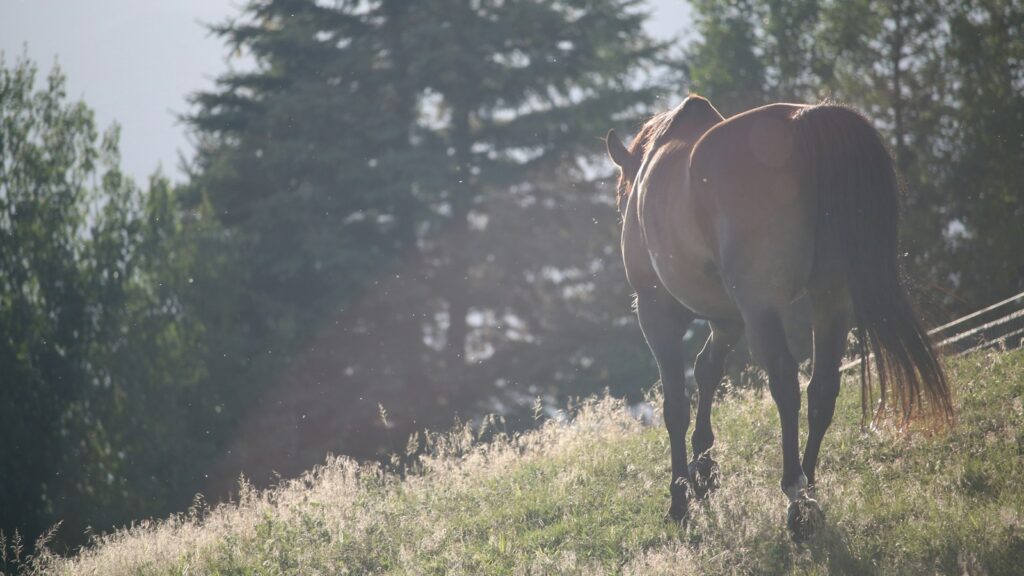
Liberty work, where the horse works without restraint or equipment, builds a deep connection between horse and handler while providing mental and physical challenges. Begin in a round pen or enclosed arena by teaching basic cues for walk, trot, stop, and change of direction using body language alone. As your horse becomes more responsive, you can progress to more complex patterns, transitions, and eventually liberty obstacles. This type of work is particularly valuable for horses who tend to become arena-sour or bored with routine riding. Liberty sessions encourage the horse to think independently and choose to engage with the handler, creating a relationship based on willing partnership rather than compliance. Many horses who excel at liberty work show improved attitude under saddle when regular riding resumes.
Utilize Indoor Arena Exercises
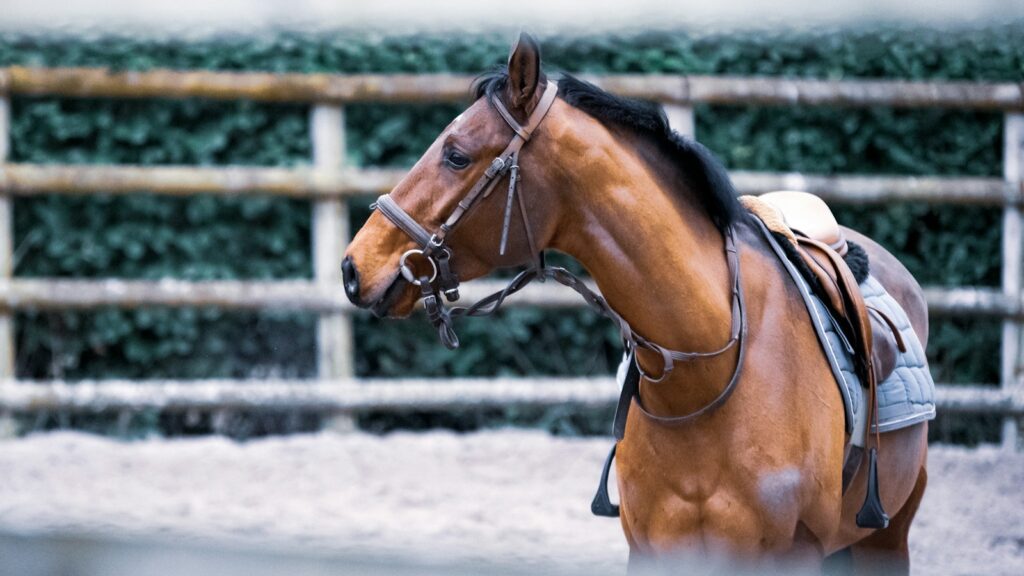
When weather limits outdoor activities, maximize your indoor arena time with focused, engaging exercises. Set up pole patterns, small jumps, or obstacle courses that can be navigated both under saddle and in-hand to develop coordination and focus. Riding figures like spirals, serpentines, and transitions between gaits keeps sessions interesting while improving strength and suppleness. Rather than just circling endlessly, create specific goals for each arena session, such as perfecting a particular transition or achieving relaxation at a certain gait. Many riders find that working in a smaller indoor space actually improves their precision and attention to aids. To prevent arena boredom, change your exercises frequently and incorporate elements of play and variety whenever possible.
Explore Cross-Training Options
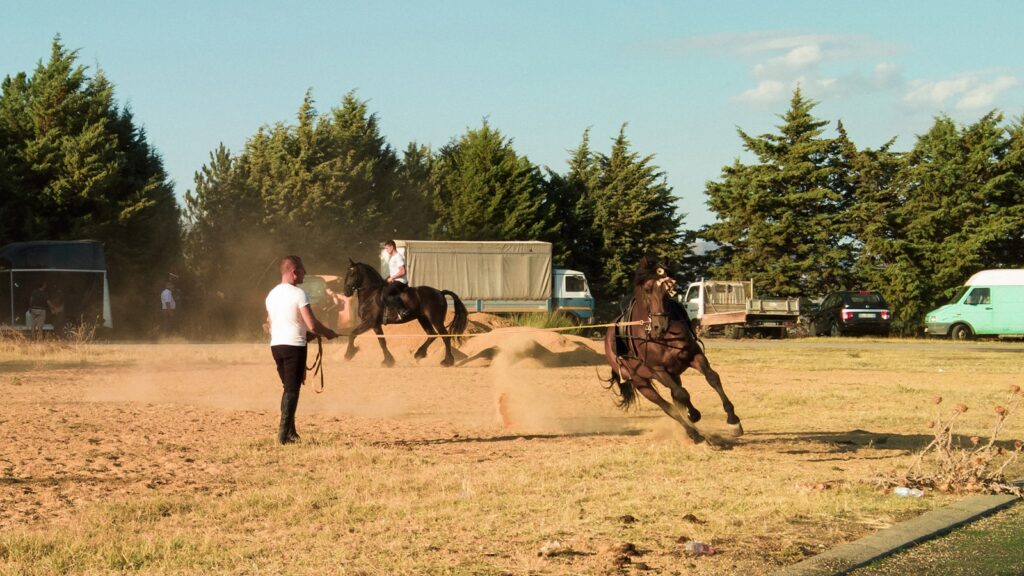
Cross-training introduces variety while developing different muscle groups and preventing the mental burnout that can come from repetitive work. Dressage horses can benefit from occasional jumping or trail riding, while jumpers might gain improved balance and collection from dressage exercises. Western horses can try English riding techniques, and vice versa. This diversity not only maintains physical fitness but also develops a more well-rounded, adaptable horse. Cross-training has been shown to reduce the risk of repetitive stress injuries by engaging different muscle groups and movement patterns. Many top competition horses incorporate varied disciplines into their off-season training specifically to prevent both physical and mental staleness.
Implement Cavaletti and Pole Work
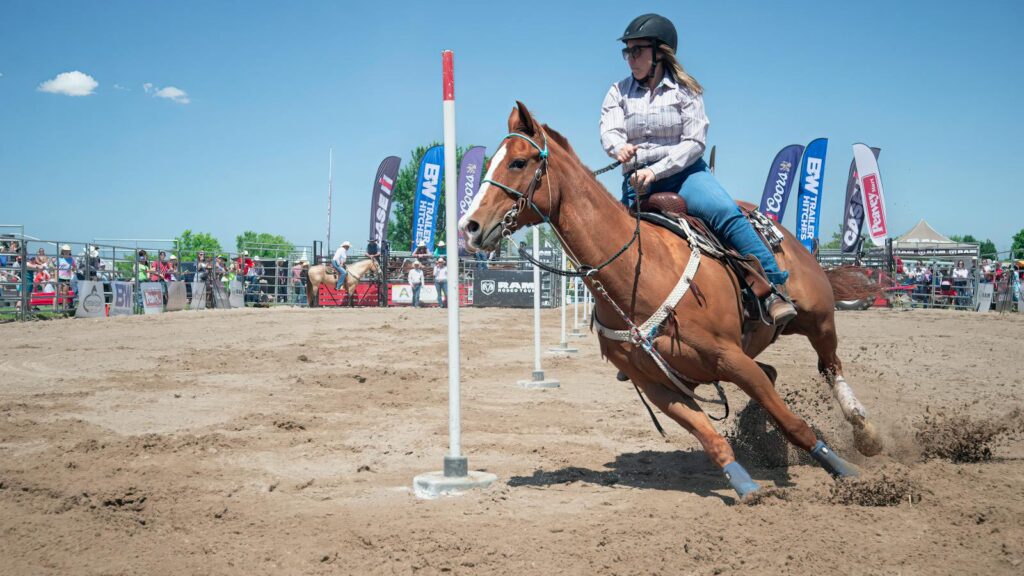
Cavaletti and ground poles provide excellent low-impact conditioning while improving coordination, rhythm, and balance. Set up patterns appropriate to your horse’s experience level, from simple single poles to more complex raised cavaletti arrangements with varying distances. These exercises strengthen the horse’s topline, develop proprioception (awareness of body position), and improve stride length and quality. Even walking over ground poles provides beneficial exercise for horses on reduced activity schedules. For horses recovering from injury or older equines with joint concerns, pole work offers muscle-building benefits without the concussion of faster work. Regular incorporation of pole exercises has been shown to improve movement quality and may help prevent certain types of lameness associated with poor proprioception.
Try Long-Lining and Driving Exercises
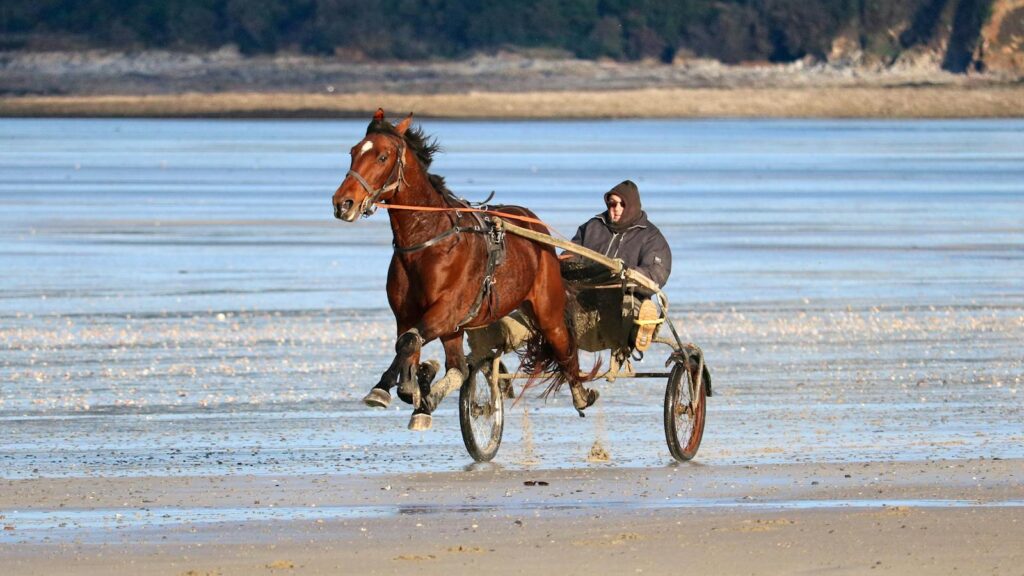
Long-lining (working a horse from the ground with two long reins) provides many of the benefits of riding without the weight of a rider. This technique improves responsiveness to rein aids, encourages correct self-carriage, and develops the horse’s balance without the influence of rider weight. For horses that cannot be ridden due to injury or age, long-lining maintains training and provides meaningful exercise. This work can be done in smaller spaces than riding, making it practical for limited winter facilities. Many dressage trainers incorporate long-lining into their regular training programs specifically because it allows horses to develop self-carriage without the potentially confusing influence of a rider’s weight and balance.
Introduce New Challenges and Obstacles
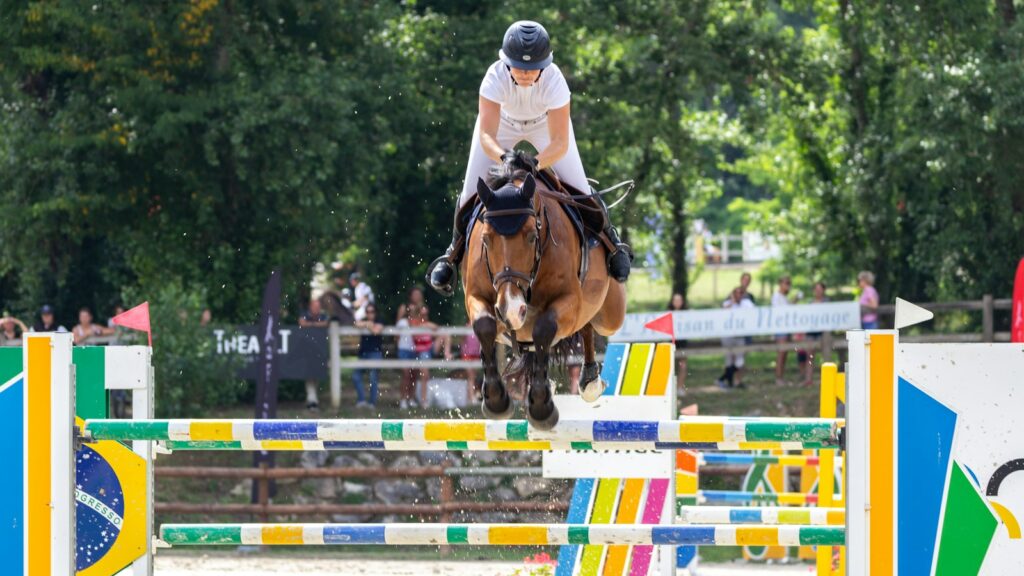
Novel obstacles and challenges prevent boredom while building confidence and adaptability. Create a simple obstacle course using items like tarps, bridges, poles, barrels, or natural obstacles that can be navigated in-hand, under saddle, or at liberty. The process of introducing horses to new objects and situations develops their problem-solving abilities and builds trust in the handler. These sessions can be kept short and positive, with ample rewards for effort and progress. Many trail and competitive trail riders use the off-season specifically to address obstacles their horses struggled with during competition. Beyond improving performance, this type of environmental enrichment satisfies the natural curiosity of horses and prevents the development of stable vices associated with boredom.
Maintain Social Interaction
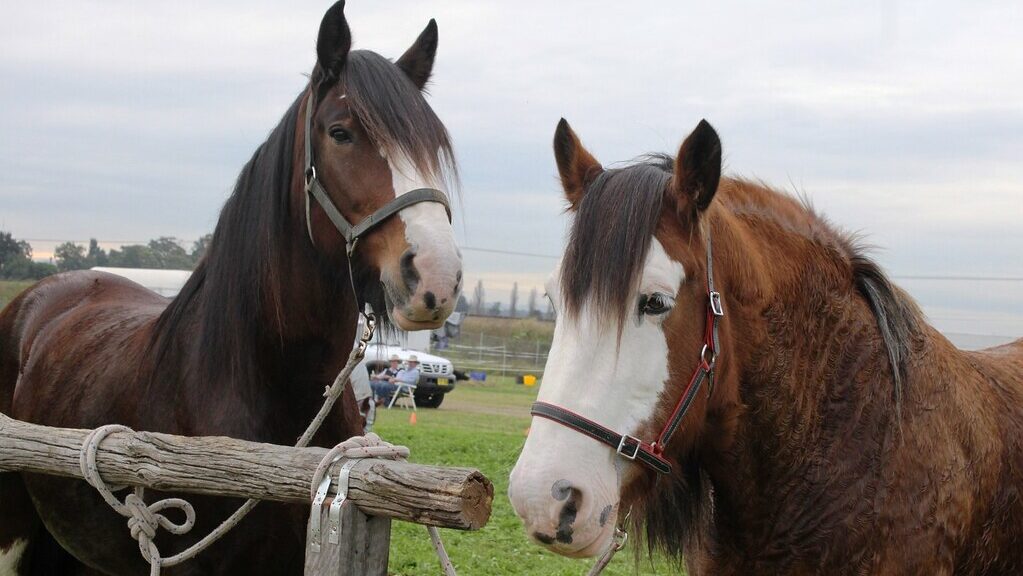
Horses are herd animals who thrive on social interaction, making this an essential component of mental well-being during periods of reduced activity. If possible, arrange for horses to have safe turnout with compatible companions, even if only for limited periods during inclement weather. For horses without turnout options, consider hand-walking near other horses or arranging shared exercise sessions in the arena. Even simple practices like positioning stalls so horses can see each other can significantly impact mental health. Research has demonstrated that isolation increases stress hormones in horses and can lead to the development of stereotypical behaviors. During periods of confinement, finding ways for horses to maintain social bonds becomes increasingly important for their psychological welfare.
Implement Food Enrichment Strategies
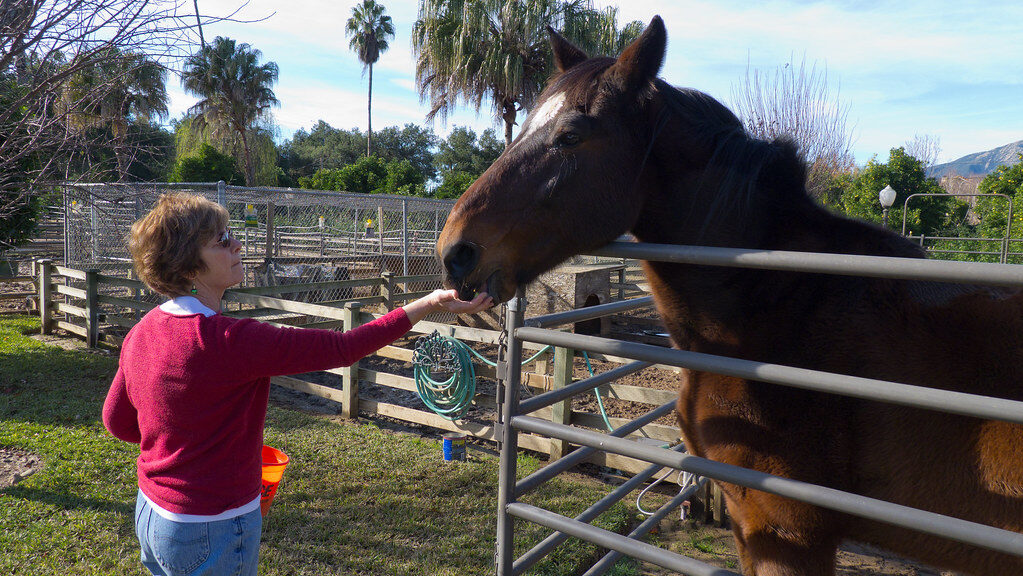
Food enrichment extends eating time and stimulates natural foraging behaviors, especially important during periods of increased stall time. Slow feeders, hay nets with smaller openings, and treat balls that dispense food as they’re moved all provide mental engagement while regulating intake. Scatter feeding (spreading food in different locations) encourages movement and natural searching behaviors. These feeding strategies are particularly valuable for horses prone to boredom or those on restricted diets. Multiple studies have shown that extending foraging time reduces the incidence of gastric ulcers and stereotypical behaviors like cribbing and weaving. For horses accustomed to grazing many hours daily, these enrichment techniques help satisfy natural behaviors when turnout is limited.
Schedule Regular Bodywork Sessions
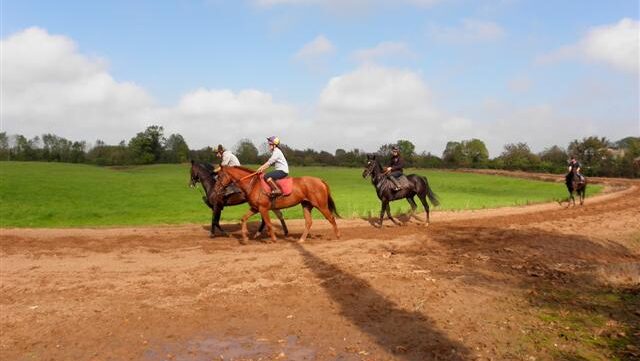
The off-season is an ideal time to address physical issues through regular bodywork and therapy. Schedule sessions with equine massage therapists, chiropractors, or other complementary practitioners to address minor issues before they become major problems. This maintenance work keeps horses comfortable and can identify potential issues before they impact performance. For competition horses coming off an intense season, therapeutic bodywork helps address muscle imbalances and compensatory patterns that developed during peak training. Many professional riders consider this bodywork period essential for long-term soundness and career longevity. Beyond the physical benefits, these sessions often produce notable improvements in attitude and willingness to work.
Explore Clicker Training and Trick Training
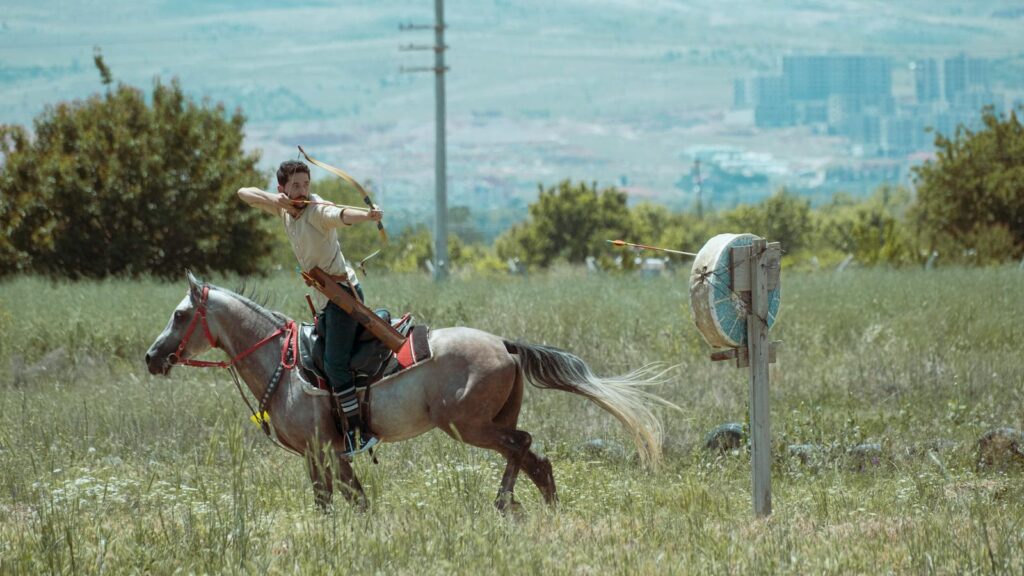
Positive reinforcement training methods like clicker training provide excellent mental stimulation while strengthening the human-horse bond. Teaching simple tricks such as targeting, bowing, or nodding “yes” and “no” gives horses something to focus on during limited activity periods. These short, engaging sessions provide mental challenges without physical strain, making them perfect for rehabilitation periods or severe weather constraints. The precise timing and clear communication required in clicker training improves your horse’s responsiveness and your own training skills. Many horses who learn through positive reinforcement methods show increased engagement and enthusiasm for human interaction, carrying these positive associations into their regular work.
Balance Rest with Activity
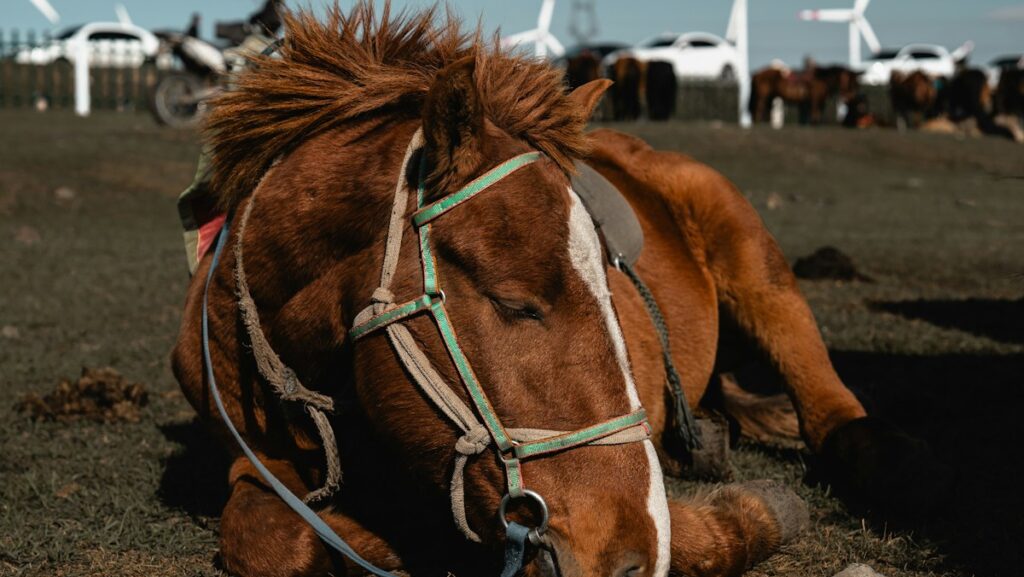
While maintaining activity is important, the off-season should also include appropriate rest periods. Many performance horses benefit from a few weeks of reduced work to recover mentally and physically from the demands of competition. This doesn’t mean complete inactivity, but rather a thoughtful reduction in intensity and structure. Turnout time, when weather permits, allows horses to move freely while making their own choices about activity levels. Finding this balance between maintenance work and rest prevents burnout while ensuring horses remain fit enough to safely return to full work when needed. The most successful off-season programs recognize that both mental and physical recovery are essential components of long-term athletic development and soundness.
Conclusion
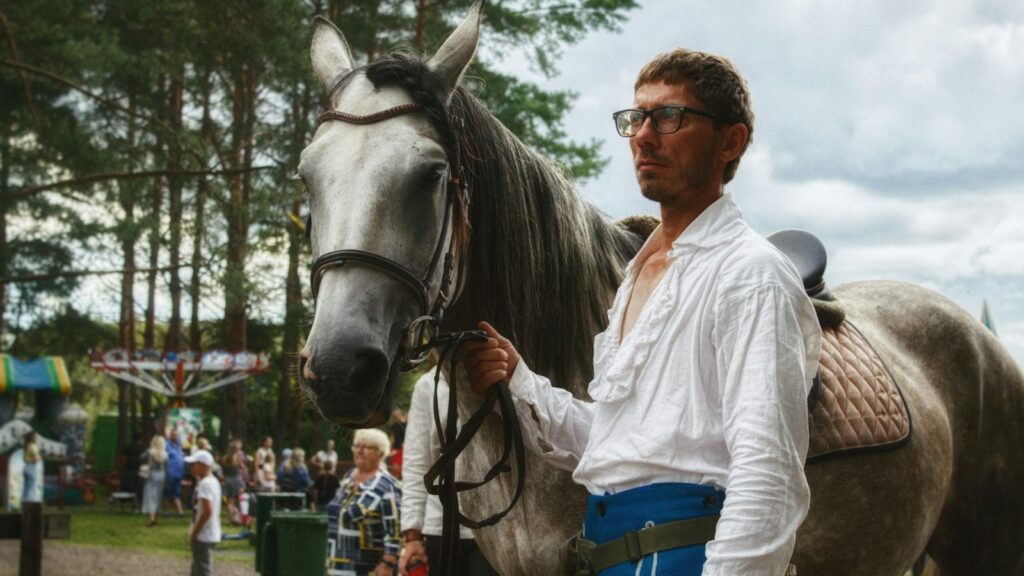
The off-season offers a valuable opportunity to develop a deeper relationship with your horse while maintaining their physical and mental well-being. By implementing a variety of these strategies, you can emerge from the off-season with a horse that is not only physically prepared to return to regular work, but also mentally refreshed and eager to engage. Remember that every horse is an individual – what works brilliantly for one might not suit another. The key is to observe your horse’s responses and adapt accordingly, ensuring that this quieter period becomes a productive and positive experience for both of you.

